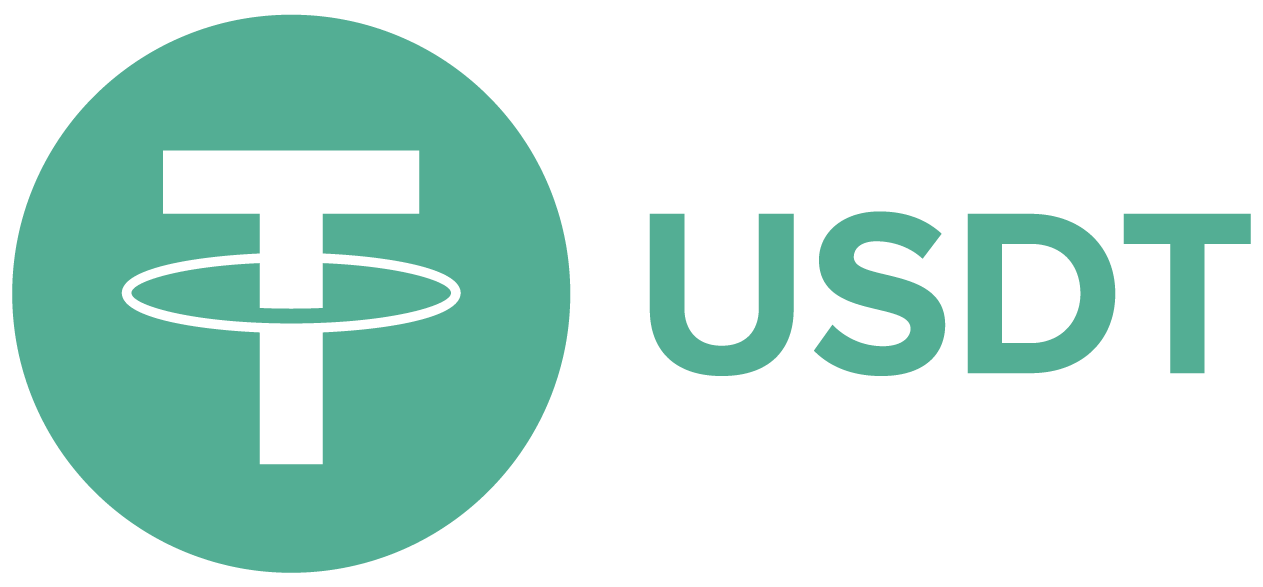Chapter 1 - Introduction to the Forex Market
Lesson 1.5 - Capital and Margin System
Capital
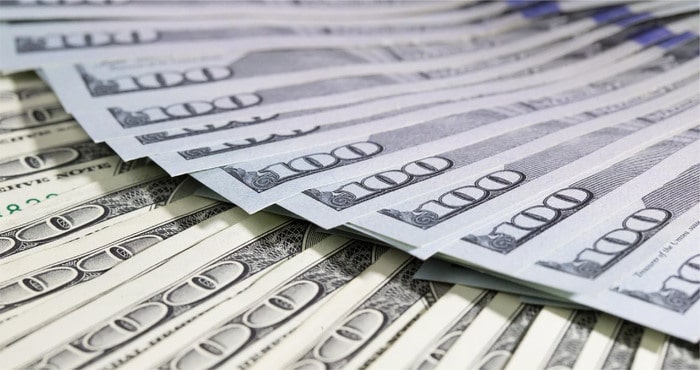
We talked about the foreign exchange market and its features, and we would like to remind you again that the currency market is the largest financial market in the world, and you will realize that the magnitude of this market does not allow any category of dealers inside the market to control prices, for two reasons. First, that the exchange rate change needs a change in the macroeconomic data of the country issuing the currency, and the second is that this market is very huge, where some statistics estimate that trades amount to approximately $ 8 trillion per day. Therefore, no category is able to impose its control on this huge market. Thus, the most important advantages of the Forex market is that there are no secrets there.
Despite the idea that there are no secrets in the currency market, representing a great advantage for the currency market unlike other financial markets in which you have to search all the time for secrets and manipulations as do stock market dealers, you will find that traders, new participants or even old traders always look for the secrets of success that give them the ability to get more profits, or search for those tools that give them the ability to truly perceive the market and thus be able to adapt thereto, so if you are one of these, you do not have to search for things outside the range, or you must discover something that no one has known before. All you have to do is to realize what others did not realize before with sufficient accuracy. You must develop your awareness of the true values of all the tools that make up the trading system. We believe that correct capital management is the first starting point towards success and achieving profits consistently and consistently.
Although we believe in the extreme importance of capital management during trading, and that capital management absolutely controls your performance and results in the Forex market, we realized that learning the financial system of trading in the currency market (Forex) that is margin trading, and exchanging experiences between traders on how to trade according to rational capital strategies, is much less than we expected! Imagine that trading and its results are entirely based on an instrument that is the least that traders learn and the least thing they exchange experiences about !!! to the point that it is so rare to find someone explaining his own capital system in trading, let alone many traders who do not know how things are going in the margin trading system on which the currency market is essentially based!
In fact, taking interest in the details of managing capital during trading is not limited to a specific market, but is mostly the behaviour of most dealers and traders in all financial markets, not only the currency market, and to demonstrate this, I will quote a saying by the great writer (John Murphy) in his famous book "Technical Analysis of Financial Markets", in the chapter on Money Management and Trading Instruments.
He said, "I do not need to say now that I have believed in the importance of money management, and financial markets may abound with consultants and advisory service providers to tell customers what to buy or sell and when to do so, but only a few of them tell you how much money you have to enter in every deal out of your total capital. Some traders believe that money management is the most important component of trading programs so that it is considered more important than the method of trading itself. I do not know if I'm taking this too far, but I do not think that I can do a lot without that management, as it tells the trader how to deal with his money, and if a clever trader can make a profit for a long time, money management increases the chances of this trader survival until he gets to do it."
This article is directed specifically to those who did not learn the financial performance in the margin trading process, as well as to everyone who could not develop a method for capital management that enables him to trade effectively in the Forex market, so we will hereinafter explain the margin system used in the currency market in detail.
Margin Trading System
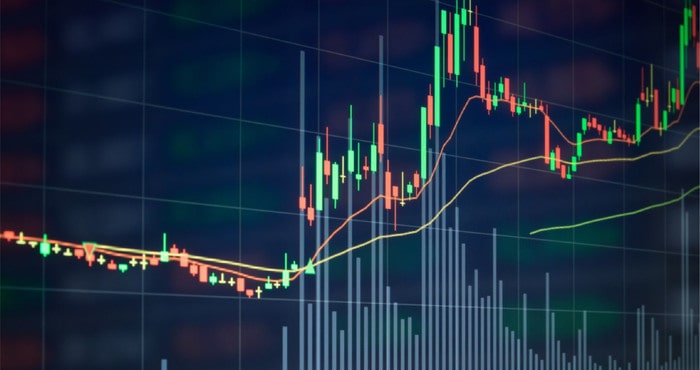
We also recall the calculation of the point in the currency market, where the point represents the lowest value of change in the market, and it is the fourth decimal place. This rule generally applies except for the Yen pairs. For example, the price of the Euro against the US Dollar EUR / USD = 1.1250, then the price changed to become 1.1270. This means that the price moved by only 20 points. If you want to make a profit from a change like this, you have to trade a huge amount of money to make a financial difference that we can be considered a good profit. Therefore, in order to overcome the obstacle of the huge capital required to achieve good profit from these simple changes, the margin trading system was invented, as margin trading gives you the ability to trade values that exceed your capital with great multiples.
The second thing is that the Forex market is considered one of the futures markets, meaning that all of our trading on the currency exchange are futures, which means that you open the position now on the basis of your expectation, and you have to close it at some time in the future, i.e. you only own any currency for trading, and you do not have the entire right to own it. An example of this can be that you have made a position to buy the Euro, the position is only closed when you sell the Euro again, and if your position begins with selling the Euro, the position is ended only when you buy the Euro again.
Explain the Margin Trading System
What if you have information that a commodity will go up in price, and you want to make a profit from such piece of information, you will have to buy this commodity and then sell it when the price rises, and your profit is the difference between the selling price and the buying price.
The traditional way to buy is to pay the full value of the commodity in question, and then its title is completely passed to you along with the right to dispose and sell it, but what should you do if you do not own the full price of the commodity and you want to trade it ?!
To solve such a dilemma, a type of futures contract has been created, which is the margin trading system. It gives you the right to dispose something that you do not have the full value, and also make profits from your trading it.
To illustrate how the margin trading system works, we will provide the following example:
Suppose you have a good knowledge of cars, and you have a vision that a certain car will go up in price, and you want to make a profit from this, but you do not have the price of this car, and also assume that the price of the car is $ 10,000, and that you only have $ 1,000.
Suppose that the price of the car becomes $ 11,000 in the market. This means that you have made a profit of $ 1,000 at the current price in the market, meaning if the company sells the car in the market for $ 11,000, the company will deduct the full car price equal to $ 10,000 and gives you back the $ 1,000, representing the deposit you have paid in advance, and you get $ 1,000 profit from selling the car.
However, in this case, the agency cannot take any action as long as you do not decide to sell at this point, and therefore the profit you may have at the current market price is called the floating profit.
As for the market price, you have a $ 1,000 profit, and this profit is called the floating profit, which means that it is not realized yet.
You will go to a car dealership and pay her $ 1,000 as a deposit, in exchange for booking a car that worth $ 10,000 at your disposal, and when the price rises to $ 12,000, you ask the agency to sell this car, and the agency gets a full price of its car for $ 10,000, and you recover the $ 1,000, which is the deposit, and you get $ 2000 profit.
This means that you traded a commodity that worth 10 times your capital, and generated a profit of 200% of your capital.
However, what if you book the car with the same deposit of $ 1,000; your expectations are not met and the price of the car in the market falls !!!
Once you pay the deposit and reserve the commodity you want to trade, you and the agency begin to monitor the price of the car in the market, and the agency's task is not to lose because of the car price drop in the market. Thus, it uses your deposit to cover the loss.
Suppose that the price of the car in the market becomes $ 9500, this means that your money can cover the losses, meaning if the company sells the car in the market at $ 9500, it will deduct $ 500 from your deposit to get $ 10,000, representing the car price in full and gives you back $ 500, representing the rest of your deposit, but in this case the agency cannot take any action as long as your deposit covers the losses.
However, for the market price, you are a $ 500 loser, this loss is called a floating loss, meaning it is a loss, but it is not yet realized.
Therefore, the company does not act, as long as your deposit will cover any losses.
Now suppose that the price of the car in the market is $ 9000. Then the agency will sell the car in the market for $ 9000, and deduct your deposit completely, in order to get $ 10,000 that is the full car price, and you will bear a loss of $ 1,000.
When the price of the commodity in the market reaches the point where you lose all your money, so that the agency does not lose, it carries out the sale without referring to you, and this is called an enforced closure.
Now let's analyse this example more precisely.
The Leverage
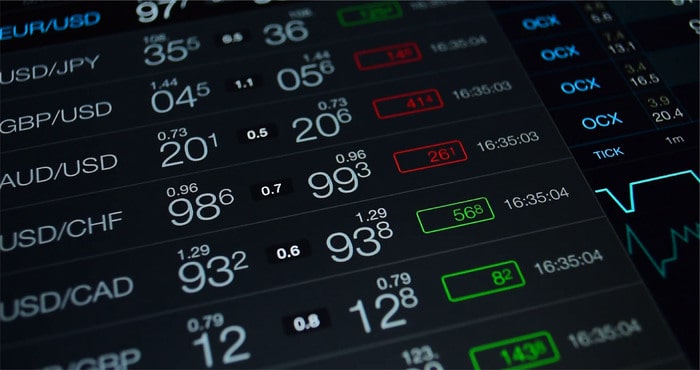
You own $ 1,000, and the agency gave you the opportunity to trade in a $ 10,000 car.
This means that the company has multiplied your money to 10 times, and this is called the leverage, which is the amount of double the capital that the agency may give you.
Its formula is like this (1:10), which means that you can buy a commodity that costs 10 times your capital.
Another Example:
What does the leverage ratio (1: 100) mean?
It means that the agency gives you an opportunity to purchase a commodity that cost 100 times more than your capital.
Who determines the amount of leverage?
Brokerage firms are the ones that determine leverage, and the ratio (1: 100) is the most common ratio on the currency exchange, but with increased competition between brokerage firms, leverage ratios have begun to increase until they have reached in some companies (1: 3000) for Mini accounts!!!
Each brokerage firm has its own rules for granting leverage. For example, you have an account in a brokerage firm and the value of your balance is $ 500. Then, the brokerage firm can give you a leverage of (1:1000); when the balance of the same account reaches $ 1,000, the leverage is reduced to (1: 600), and when the same account balance exceeds $ 3,000, the maximum leverage becomes (1: 200).
Therefore you need to know the sizes of the leverages that your brokerage firm offers, and you also have to know their rules for adjusting the value of the leverage well before proceeding to open an account therewith.
The principle in brokerage firms granting high financial leverages is to maximize the value of small capitals, in order to motivate owners of small capitals to open trading accounts, so the brokerage firm increases the amount of its profits from the execution commissions (Spread).
What is the risk of using a high leverage?
Let's go back to the car example.
You own $ 1,000, the car price is $ 10,000. In the previous example, the agency gave you a leverage of (1:10).
What can you do if the agency gives you a 1:20 leverage?
Then, you will have to pay $ 500 only to book a car that worth $ 10,000, so when the leverage is (1:20), you can open two deals with the same capital that is $ 1,000 for the same commodity that costs $ 10,000.
This means that the higher the amount of the leverage, the lower the deposit amount held by the brokerage firm, and the trader has the right to open more deals.
Getting involved in a large number of trades at the same time, usually makes traders lose their money faster.
When I book two cars with a deposit of $ 500 per car, suppose now that the price of the car fell to $ 9,500, what does that mean?
The company will close the two deals and get $ 500 of your deposit for each transaction to offset the price difference between the car price and the market price.
In the first example, you lost your entire down payment of $ 1,000, when the price of the car in the market went down by $ 1,000, because you only had one deal.
In the second example, you lost your entire deposit of $ 1,000, when the price of the car in the market fell by only $ 500, because you have two deals.
This way, the higher the leverage is, when traders get involved in more deals at the same time, the faster they lose their money.
This is how the margin trading system works, and we have clarified the meaning of the leverage, and how dangerous it is to use high leverages. Now, we will show how the margin trading system works in the currency market.
Margin Trading on the Currency Exchange
When you open an account with any brokerage company, you will deposit your money therewith, and you will have a balance therein. When you open a deal, your account will be divided into several sections, where the company will obtain the agreed deposit, representing the used margin. After reserving the deposit, the amount remaining in the balance is the so-called usable margin, and to know exactly how your account will be in the event that you close all open deals, you will find yourself before what is called equity.
We will hereinafter present these concepts in more detail.
Balance
It is the amount that you deposit with the brokerage firm, or the amount that you want to invest.
Usually when you make a deposit with the brokerage firms, the brokerage firms offer you a lot of offers and bonuses, to increase your capital.
For example, the company gives you a 30% increase in the capital you deposited.
For every offer or bonus, you get special conditions that you must fulfil in order to withdraw the money added to you by the brokerage firm. Usually there are a number of specific contracts that you must have opened in order for the additional money to be transferred to your balance.
The goal of granting you additional bonuses upon depositing, is providing offers to attract more new customers, motivate old customers to deposit more money, and the ultimate goal of all of this is making more deals, which means more commissions and profits for the brokerage firm.
You have to be well aware of the conditions of each offer, because sometimes brokerage firms share your profits, depending on your participation in the capital that made those gains.
Used Margin
It is the amount that is deducted as a refundable deposit, and this amount depends on the type of account and the terms of the firm you are dealing with.
Usable Margin
It is the balance remaining of the total balance after the deduction of the used margin, which is the maximum amount that you can lose during trading, or the amount that you can use to open new deals.
Used Margin = Balance - Used Margin
Equity
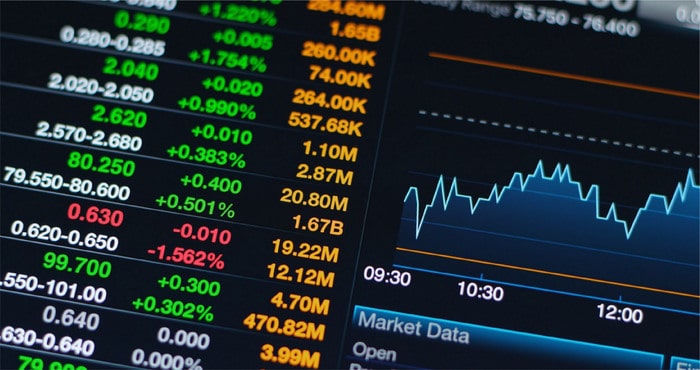
The actual amount in your account if you closed all open deals at a particular moment.
The equity balance changes according to the change in the price of the currency, whether as profit or loss.
Whenever the price changes, even if one point, your current balance equity will show you how much will be in your actual account if you close the position at this moment, bearing in mind your floating profit or floating loss, which will turn into real profit or loss if you actually close the position at this moment.
The purpose of your account division in this way is to give you a clear and immediate picture of your account status in order to save you from doing these calculations on your own, and this image is immediate, according to the price changes in the market.
When the position is actually closed, your current balance equity is transferred to your balance at the firm. You can withdraw it or use it to trade in other deals.
These sections: Balance, Used Margin, Usable Margin, and Your Current Balance are the main divisions of the capital when trades are made using the margin trading system.
One thing remains in the sections of the account that is not given much importance by many people, but we consider it one of the most important sections that must be understood and taken into account during trading which is the margin level.
Margin Level
Margin level = (Current Balance ÷ (Equity) Used Margin * 100)
Remember that in our discussion of the usable margin, we indicated that is the maximum amount that you can lose during trading, or the amount that you can use to open new deals.
That is, it is the space available for the trader to bear floating losses before the firm forcibly closes its deals, or it is the space available for the trader to take further actions regarding open deals.
The larger margin level means that the trader has a lot of room to open more deals or bear the price reversal with a large number of points.
The lower margin level means that the account is at risk, as the losses begin to sink the account, and at certain levels of decline, the trader can take no action but to close the losing deals.
Brokerage firms usually set a specific percentage of the margin level upon arrival. The enforced closure process takes place automatically. For example, some firms set 85% of the point for executing enforced closure.
Although the importance of the margin level is not common in the currency market, we consider it the first safety barrier for the trader, as the margin level in reveals for him the amount of risk before it is too late.
Therefore, when a trader finds that the margin level has decreased, he must stop adding more deals, perform Hedge deals, or shift his focus towards reducing the sizes of open position contracts, before conditions get worse to the extent that the trader cannot take any actions.

 English
English





